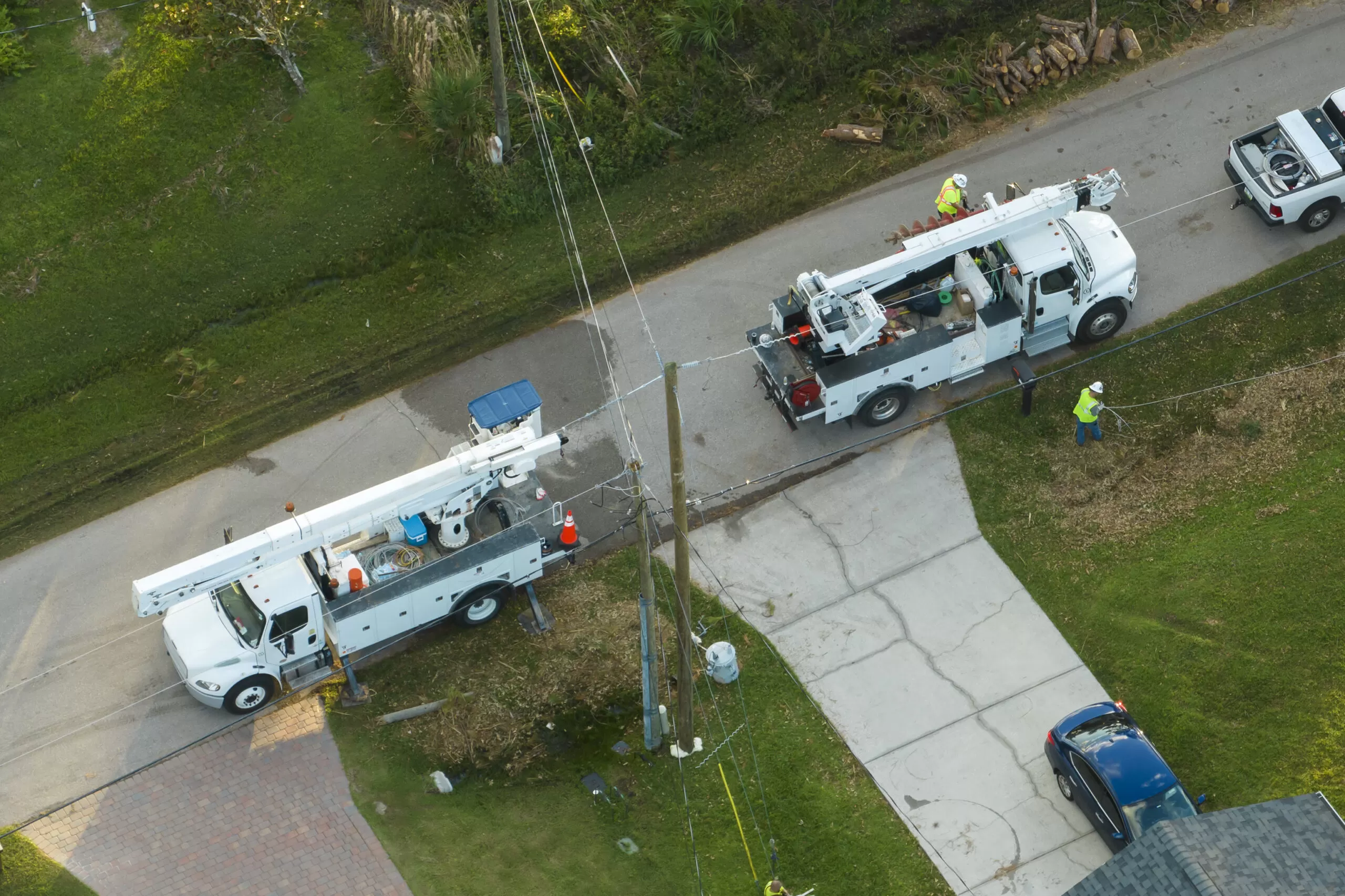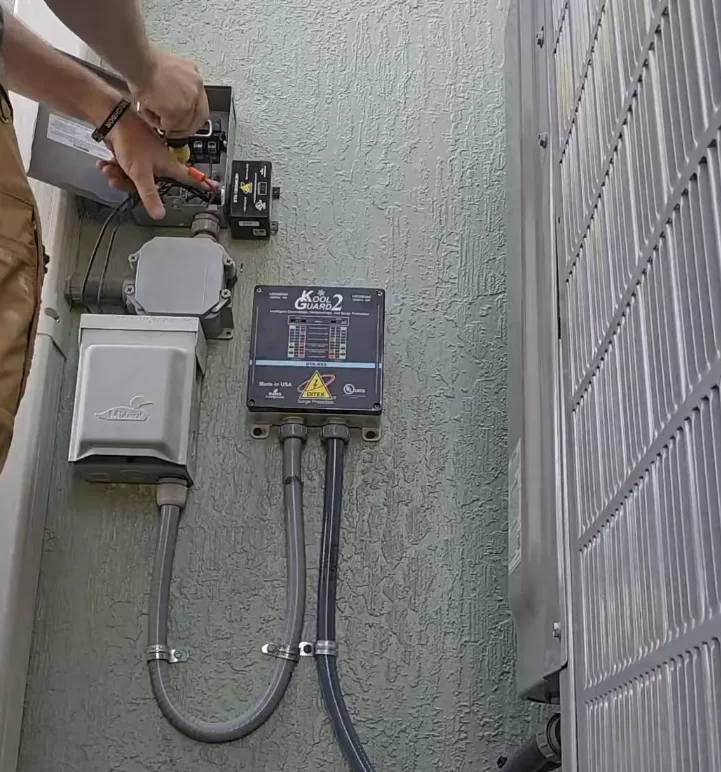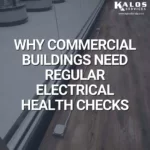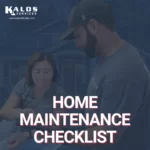Most of us have been through blackouts after storms or when a power pole has been damaged. There is no power. However, there are also instances when the power doesn’t go out completely; these are called brownouts.
Unlike blackouts, brownouts don’t cause you to lose power; lights may just get a little dimmer, and motors might be more sluggish. However, brownouts can still cause electrical trouble in your home.
Blackout vs. Brownout
A blackout happens when there is no power in your home. Blackouts often happen across an entire electrical service area. They can be planned or unplanned. Planned blackouts happen when the electric company needs to do maintenance or make repairs. Unplanned blackouts happen during events like storms or heavy winds. It’s called a blackout because all of your home’s lights are OUT, leaving you in the dark.

Brownouts are voltage drops that may last anywhere from a few minutes to several hours. We call them brownouts because the lower voltage causes old-fashioned light bulbs to be dimmer. A room would be darker but not completely black.
Like blackouts, brownouts may be planned or unplanned. The power company might drop the voltage to reduce the load. A smaller load could keep the entire power grid from failing in an emergency, which would cause a blackout. Severe weather and a heavy load on the power grid can also cause brownouts—these instances are unplanned.
How Brownouts Affect Your Home
Brownouts cause voltage drops. These voltage drops have different effects on different types of appliances. Some effects are slightly annoying but really harmless. Others can lead to failures and costly repairs.
Fixtures and appliances that give off heat and light will simply give off less heat and light during a brownout. These include toasters, ovens, and incandescent lighting. The amount of heat and light given off depends on the voltage. You can expect lackluster toast and dim lights. However, there is NOT a major risk of damage to these appliances and fixtures.
Motors are a different story. The motors in many of our appliances will ramp up the current (amps) when the voltage is too low. When there is a stronger current, a motor has a higher risk of overheating and burning out. We have electric motors in many vital household appliances, including the fridge, washing machine, clothes dryer, and A/C unit.
Like blackouts, the voltage may also spike when the power comes back on fully. These voltage spikes can damage the controls in appliances or electronics like computers. Many newer A/C units also have advanced controls; these are prone to damage from surges as well.
Brownout Protection
While we don’t lose power entirely whenever there is a brownout, we still want to protect our homes from voltage drops and surges. Backup power sources can fill the voltage gaps left by brownouts. Some backup power sources include whole-home generators and energy storage systems. Energy storage systems are like giant backup batteries.
You can also protect your home from power surges when brownouts end. Whole-home surge protectors safely shunt the voltage spikes to the earth. That way, the surges won’t harm your fridge or precious gaming laptop. There are also some surge protectors specifically for A/C systems.

Kalos is a licensed electrical contractor, meaning we can install whole-home generators and surge protection. If you’d like to learn more about our electrical services, you can call or text (352)-243-7099 anytime. We always have customer service reps at the ready to answer questions or schedule a visit with a professional.






